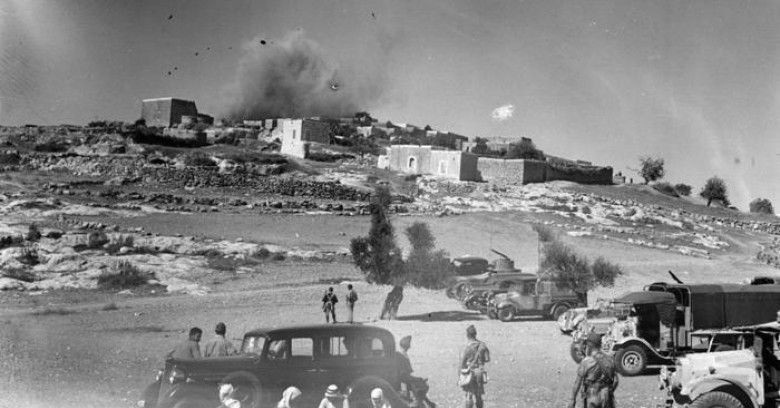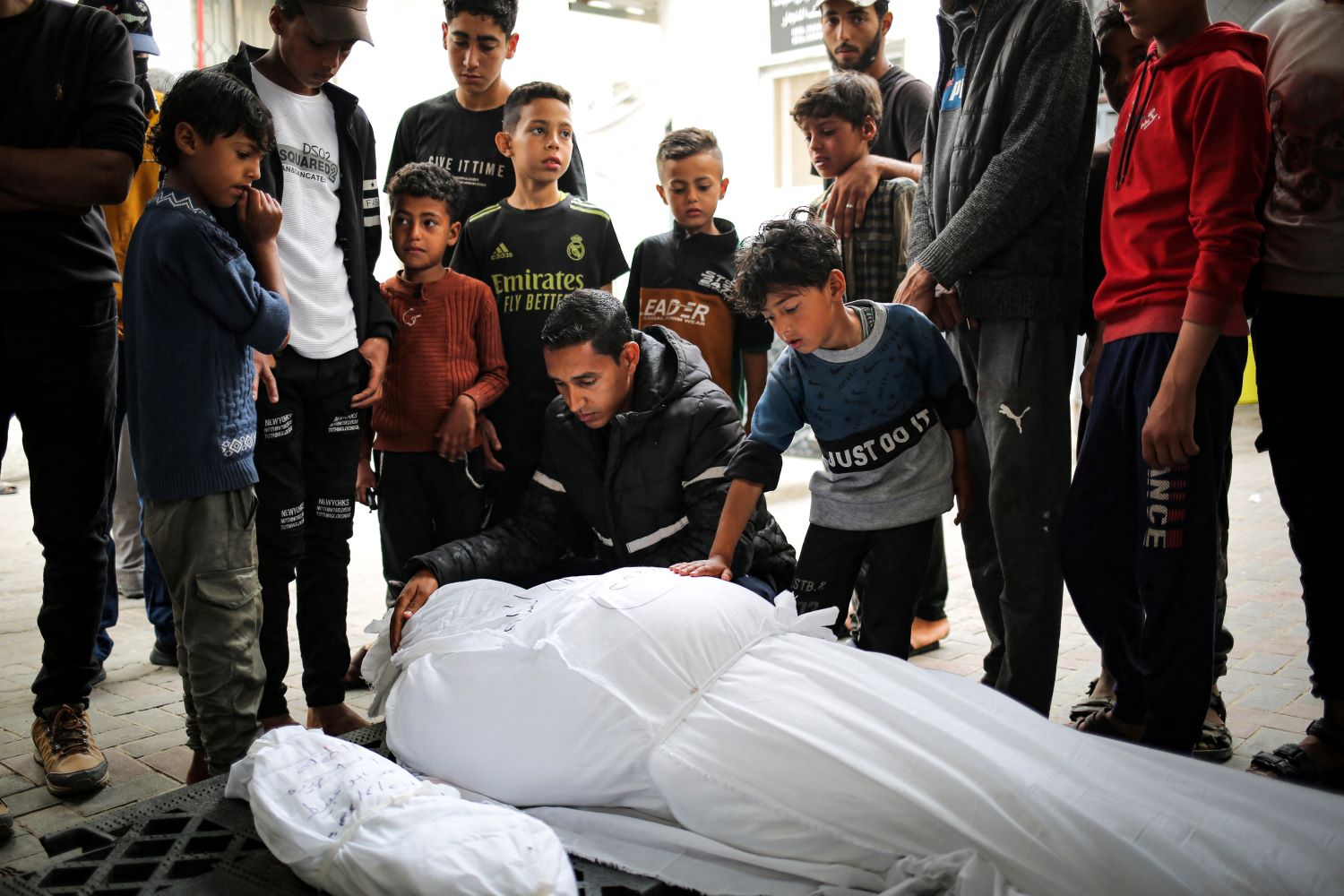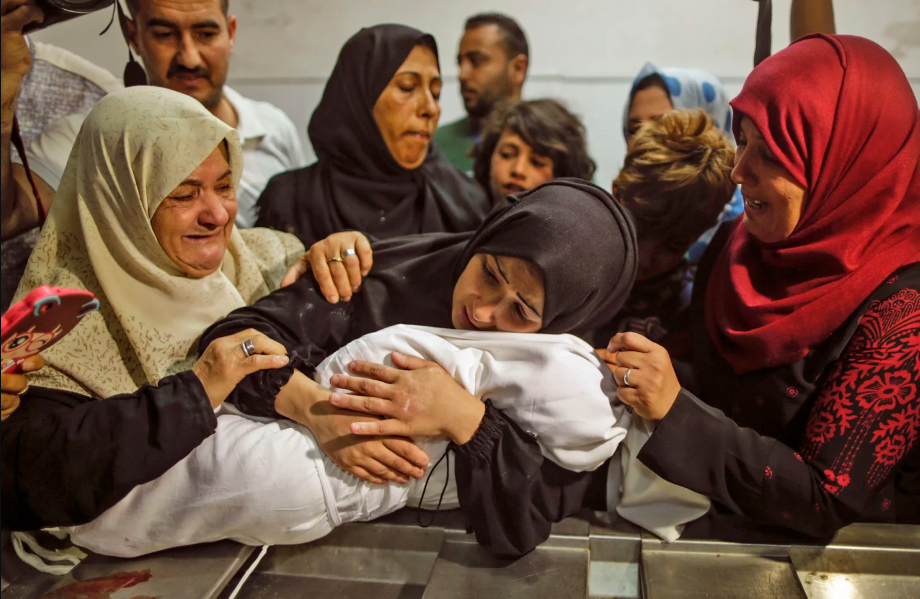BETHLEHEM, Wednesday, July 31, 2019 (WAFA) – The Palestinian Mine Action Center (PMAC) completed in cooperation with the British Halo Trust de-mining of 136 dunums of land in and around the West Bank area of the Jordan River known as Qasr al-Yahud and presented its report today to the Palestinian Minister of Tourism and Antiquities Rola Ma’ayaa, who praised the work of the center and the clearance of mines and remnants of war from the lands of seven area churches.
Head of PMAC, Brigadier Osama Abu Hananeh, met today with Ma’ayaa at the ministry in Bethlehem and presented her the report on the completion of the work that took more than seven months to finish and was carried out by Halo Trust, a British anti-mine organization.
Ma’ayaa praised the Palestinian achievement, which she said will create geographical link between the churches and the Jordan River, stressing the need to intensify Palestinian efforts to promote tourism to this region locally and internationally in order to attract as many tourist groups as possible.
She said that despite the Israeli army’s control over this area, Palestinian work on the development and restoration of the land that was cleared from mines is very important on the tourism and religious levels.
Israel had planted the entire area bordering Jordan with thousands of land mines after its 1967 occupation of the West Bank and had for years declared the area as a closed military zone, thus preventing visits to the baptismal site, where Jesus was believed baptized by John the Baptist and which was a very popular destination for Christian pilgrimage from all over the world before the Israeli occupation.
Interest in revisiting the site took force after the visit of Pope John Paul II in 2000, but public access was not allowed until 2011 after part of the area was declared safe to visit. However, with the clearance of all mines from the area, thousands of visitors will be expected to reach the sites.
Mines were cleared at the Greek Orthodox monastery, the Franciscan chapel, the Ethiopian Monastery of the Trinity, the Syrian Orthodox monastery, the Russian chapel, the Coptic monastery and the Roman monastery.
M.K.










